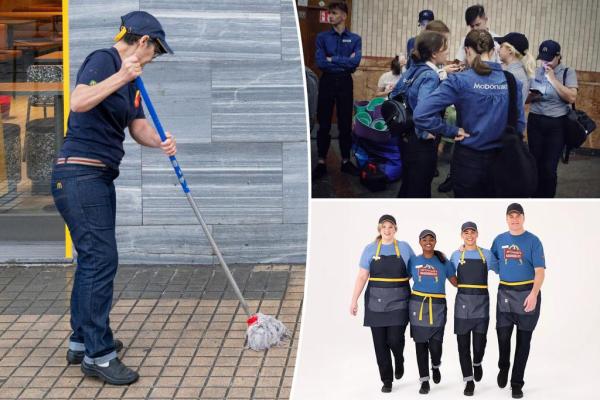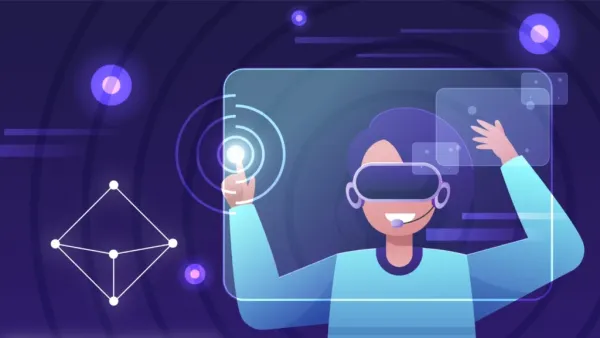
Highlights:
- Using platforms like YouTube and Zoom, the pandemic gave rise to digital theatre.
- Technologies like VR, mocap, and AI remold choreography and audience experience.
- Hybrid instances should result in wider access but face hindrances in costs and equitable distribution.
Virtual Theatre created one of the great transformations in performance art during the pandemic, shifting traditional theatre to a digital environment where technology now merges live performances with immersive visuals. Once limited to being observed only in front of one’s eyes on a physical stage, performing arts in the early days of the pandemic moved to online platforms. This practice gradually evolved into a habit and a sustained mode of artistic expression..
With time, it grew into a pursuit characterised by even further transformation of the artists in their endeavour to stay abreast with the fast-moving technological changes, within the numerous ways and methodologies that reshape the conceptualisation and realisation of artwork.
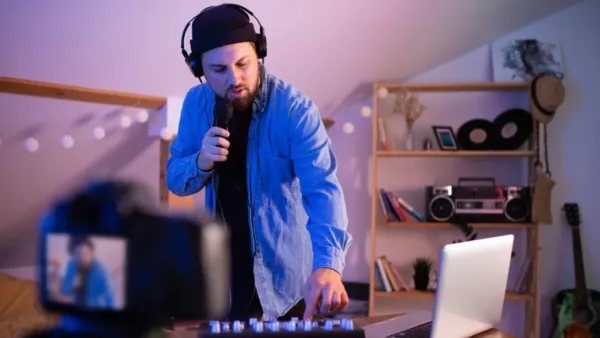
The Pandemic’s Transformative Impact and the Rise of Virtual Stages
In early 2020, as the virus quickly spread, a blanket ban on almost every face-to-face activity came into force, including performing arts. This crisis further paved new modes of communication between artists and practitioners and their audience, stemming from how they make a living and practice arts, giving rise to new modes of digital practices of performance. The digital stage became a hot choice to broadcast productions online via a cacophony of platforms, including YouTube, Zoom, Instagram, and Facebook.
This phenomenon indicated the insistence by artists to be recognised as a cultured society, with virtual theatre spaces emerging as the spirit of solidarity among artists for the sustainability of art and a means of income. Support from governments and communities, together with the involvement of different stakeholders, proved to be a deciding factor for the continued existence of virtual art practices.
Blending Live Performance with Immersive Visuals: Key Examples and Technologies
The integration of advanced technologies has been the essence of this digital transformation, which has also endowed virtual spectators with richer and more immersive experiences.
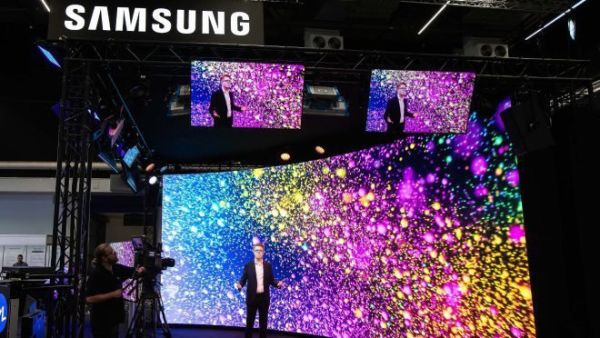
1. KALA Theater’s adaptations: Social Media as a Stage: In Indonesia, the Kala Teater community from Makassar was an example showcasing how traditional theatres embraced digital platforms. A host of virtual performances were put up by them during the pandemic, including “Self in Pandemi,” “Reading the Mega-Mega Virtual Lakon Manuscript,” “Time Without Books,” “Beginning and Mira,” “Behind the Gloomy Sinar,” and “Morning 21 minutes”.
These shows were scattered over social media, particularly YouTube, making the medium both a public information channel and a virtual stage. Just as one example, “Waktu Tanpa Buku” approached the performative side from theatre- and film-oriented angles: directors had to think cinematically but were also required to adhere to traditional theatre staging rules in terms of camera placement and angles.
2. Motion Capture and Embodied Dance: In the study of motion capture environments, one area investigated in research pertains to the digital sculpting of improvised dance. By turning bodily gestures into digital form, mutating linkages come into existence between movement and its virtual representation. This gives clues to how dancers make creative decisions when their bodies become data points in a mocap system-the creative aspects of embodied expression in digital space.
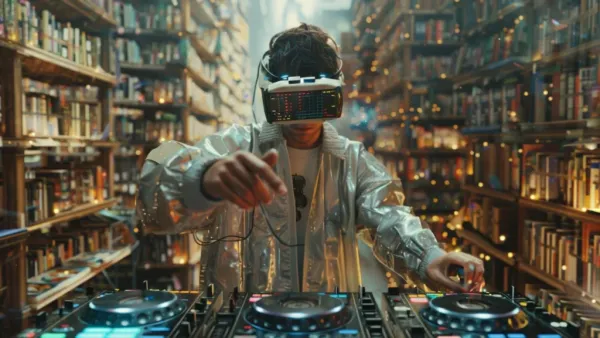
3. VR and Volumetric Capture in Dance: “Facades” is a VR dance-theatre piece, where a single-camera VolCap method is being explored to choreograph and capture movement. This practice-based reflection underlines the opportunities and limitations posed by such novel workflows, investigating how spatial and technical limitations impinged on the choreographic and artistic choices. For instance, due to the solitary nature of the creative process, the choices gave shape to the art and thus shaped an almost solo experience of the audience due to the technology, highlighting the potential of VolCap for very intimate VR performances and some ethical concerns.
5. Machine Learning (ML) and AI in Dance: In Kerry Francksen’s work, “Live Performance in Digital Environments”she highlighted a systematic review where Nogueira, Menezes, and Maςos de Carvalho examine the applied use of ML in dance practice. They emphasise the importance of datasets in training machine-learning algorithms to analyse different dance styles and investigate possible artistic outcomes. This research raises some very important ethical questions concerning authorship and ownership when AI is involved in producing a dance work, marking an evolution in the human-machine interface in choreography. Swillen, Vanoeveren, and Vandeweerd discuss the embodiment of avatars, immersion within virtual worlds, and co-creation with AI, arguing for performers’ control over datasets to steer away from bias.
Accessibility and Challenges in the Digital Shift
The shift onto the digital platform yielded major benefits in terms of accessibility for the deaf and disabled persons, who now found uploading online arts and culture reduced many physical, economic, and social barriers. Many attendees with needs for access consider streaming as a primary feature of accessibility per se, rather than just a medium for deriving features such as closed captions, BSL interpretation, and audio description.
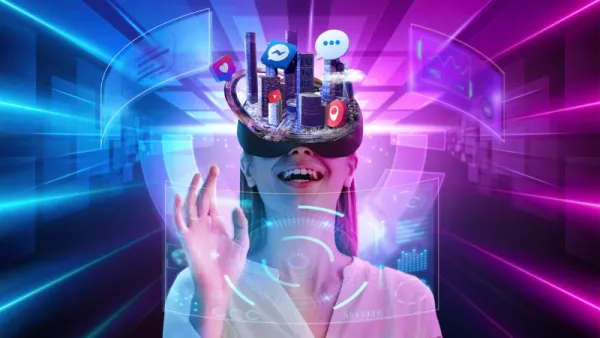
The “Mystery Trip” project has made a far-reaching human impact on remote collaboration: one participant remarked, “It was the first time in 10 years that I’ve been able to collaborate on a performance.” Insofar as digital provision also greatly extended the geographic precincts for performances, enabling organizations to engage new and diverse audiences dispersed across the globe.
Yet, the digital expansion remains without a few stumbling blocks. Having started in full force, there comes a fallout period towards the end of 2021 when most theatres chose to downscale or abandon their digital programs. This retrenchment is blamed, for the most part, on the high costs of producing digital content, which can rarely be paid off, that is, unless the project gets into the homes of a certain mass international viewership.
There exists a sort of baseline suspicion towards digital activities within the performing arts, concerned with physical co-presence and traditional emanations of performance. The digital provision did offer accessibility, given some demographic strata, and hence is not an unequivocal means for diversification of arts consumption, with existing socioeconomic frictions largely continuing.

Talking about technologies like ER, AR, and VR, while they are thrilling, create more hurdles. They often require costly high-end headsets, gaming computers, and technical know-how, to the disadvantage of most people. Most VR experiences still do not offer basic accessibility features like captioning. While the Museum of Austerity was an exemplary XR work in terms of accessibility, the actual conditions in which it was physically exhibited imposed external barriers to its dissemination. The disparity is worsened by digital inequities of cultural organisations, with which bigger, endowed institutions hog most of the immersive performance development and funding.
The Future: Hybridity and Diverse Engagement
Ultimately, the future of live performance in digital environments remains one of hybridity. It is not the setting up of an “either/or” scenario between venue-based or online performances, but a “both/and” situation. An efficient hybrid practice ideally embraces all forms and technologies and types-a diversified mix of live performance, online performance, live streams, on-demand videos, and digitally augmented venue-based experiences. This allows organisations to meet communities wherever they happen to be, helping maximise accessibility by lessening physical, economic, and social barriers so that digital innovation really becomes a tool to aid in placing bits and pieces of artistic engagement into diversification and enrichment for all.


